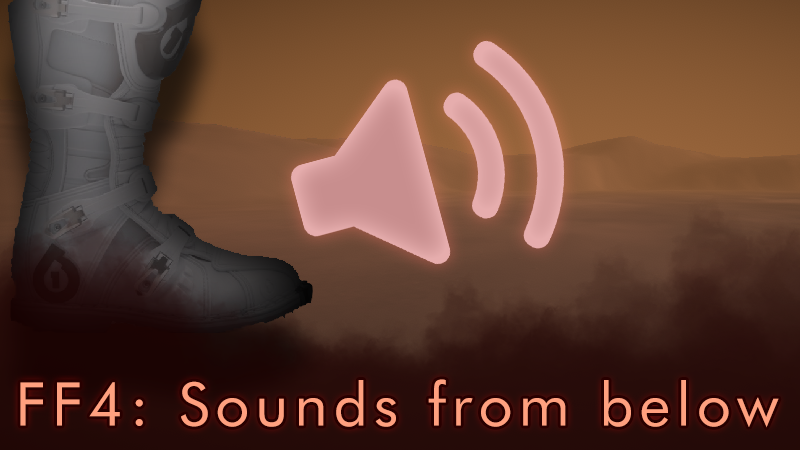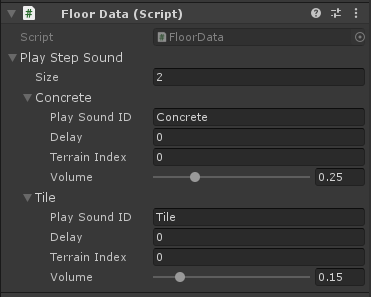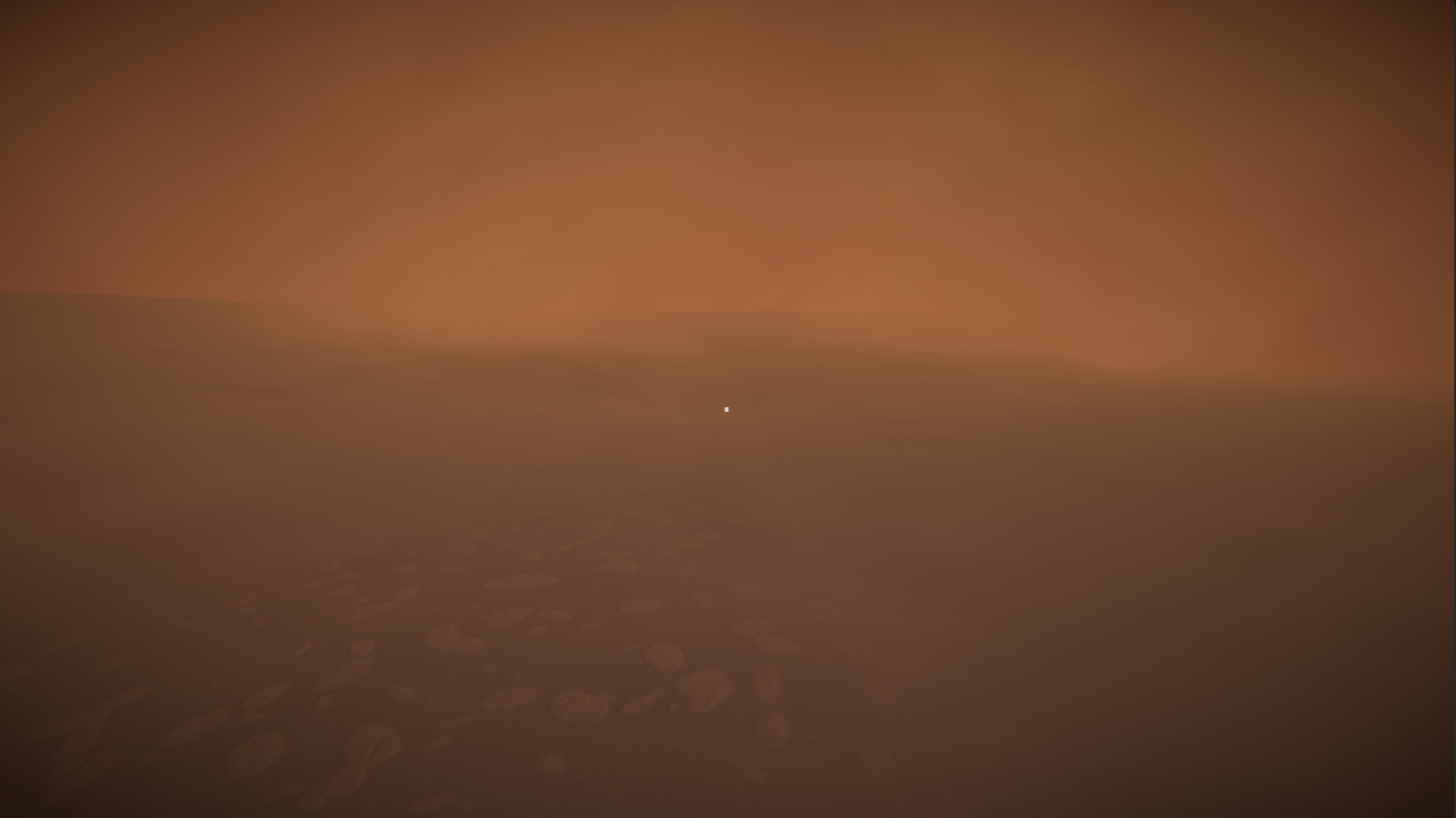Hello everyone!
This is the fourth of Friday Frontier. Today we want to talk about a system player footstep sound system I've made. There are two systems that are somewhat connected: Inside and Outside (Terrain).

System
We put an extra code to the moveable areas. This code only carries the data required for the step sounds. The most powerful aspect of this system is creating layered sounds. For example, I can combine concrete step sound with metallic sound to produce something completely different from the other two sounds. I can also change each sound's volume or add a delay or even change their pitch. There's no layer limit. In this way, the game offers much more variety in the audio experience.
Inside The Station
You've probably already experienced this without notice if you played the last demo. We've used this system to create different feelings while you progress through the station. We first look at the texture and think of what kind of sound will this make when stepped on with a spacesuit. Then we start to mix sounds that best fits that texture. After we've done it, the code takes over and plays the sound with the parameters we gave to it.
An example of data on a floor tile in the demo:
(Max out the volume. No jumpscares I promise)

Terrain
On terrain, the system works a little bit differently. In the station, there are discrete places where the floor is divided into. Like you enter a metal tiled room then sound suddenly changes and that feels normal. In terrain, we can't afford such luxury. The terrain is a mix between 8 or more texture that blends into each other. So you expect a smooth transition into other sounds.

To achieve this effect, we set up the sound with the parameters normally. But we give each texture its own sound layer (On the inside, only one sound layer is present for each floor tile). Then the system checks the texture and learns how dominant each texture is. After learning that, it adjusts its parameters (for example volume) and plays all of the sound layers with their sounds. This creates a really smooth transition into other sound layers. Here's a video of the system in action:



